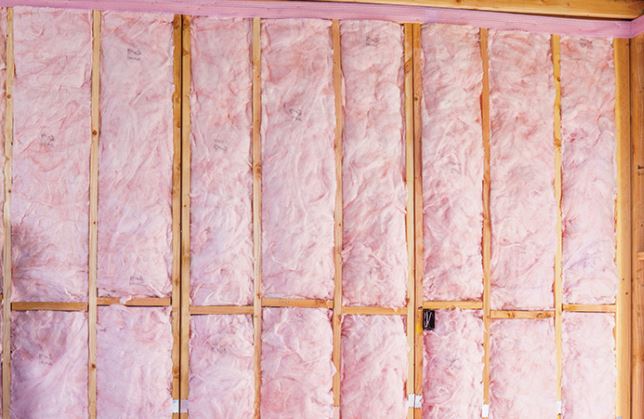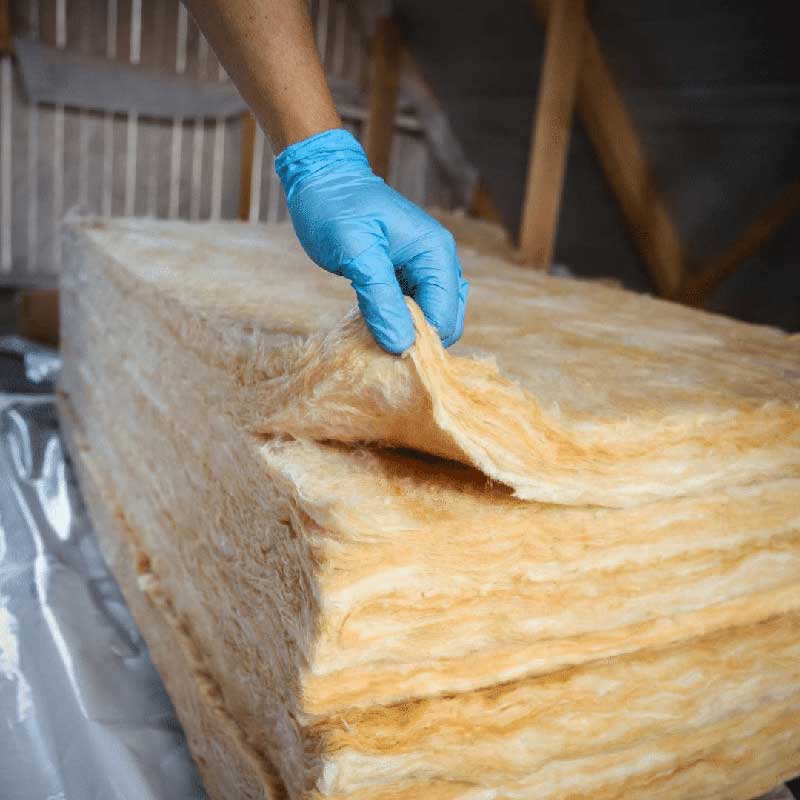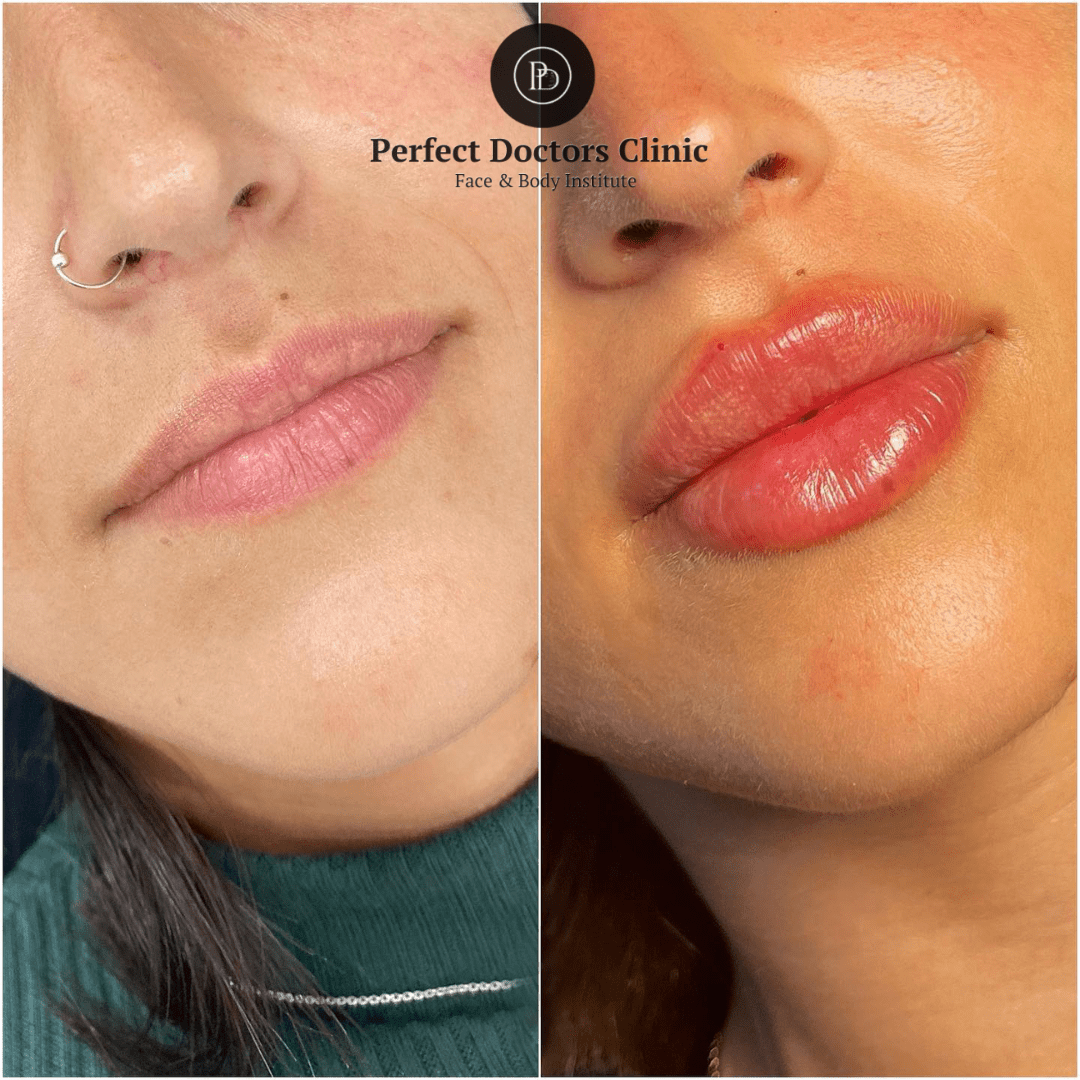Why Fiberglass Batt Insulation Is Still One of the Best Options for Your Home

Fiberglass batt insulation remains one of the most practical and effective options for home insulation due to its balanced combination of cost efficiency, performance, and accessibility. The time-tested material delivers reliable R-values between R-3.1 and R-4.3 per inch, making it suitable for most climate zones while being significantly more affordable than modern alternatives like spray foam. Its non-combustible nature adds an extra layer of passive fire protection to your home, while professional installation costs typically range from $1.50 to $3.00 per square foot—roughly half the price of spray foam options.
Homeowners appreciate fiberglass batts because they offer straightforward installation for DIY enthusiasts, excellent sound dampening properties, and widely available materials that can be purchased at virtually any home improvement store. While proper installation technique is crucial to maximize performance, the material’s combination of affordability, safety features, and thermal resistance explains why it continues to be installed in approximately 85% of residential construction projects nationwide.
Understanding Fiberglass Batt Insulation
Fiberglass batt insulation consists of fine glass fibers formed into rectangular panels that fit between wall studs, ceiling joists, and floor framing. The manufacturing process traps millions of tiny air pockets within the material, creating an effective thermal barrier that slows heat transfer. Standard batts come faced with kraft paper, aluminum foil, or unfaced depending on the application needs and local building codes.
The popularity of fiberglass batts stems from their practical balance of performance characteristics:
| Characteristic | Fiberglass Batt Performance |
| R-value | R-3.1 to R-4.3 per inch |
| Lifespan | 20-30+ years when properly installed |
| Fire resistance | Class A (non-combustible) |
| Moisture resistance | Moderate (requires vapor barrier in humid climates) |
| Sound dampening | Good (NRC rating of 0.90-0.95) |
| Environmental impact | Made from 20-30% recycled content on average |
Today’s fiberglass products have evolved significantly from earlier generations, with many manufacturers now producing formaldehyde-free options and incorporating higher percentages of recycled glass content. Modern manufacturing techniques have also improved fiber consistency and density, enhancing overall performance and reducing the skin irritation concerns associated with older products.

How Fiberglass Batts Compare to Alternative Insulation Types
When evaluating insulation options, it’s important to compare performance across multiple factors:
| Insulation Type | Average R-value/inch | Cost per sq ft | DIY Friendly | Air Sealing | Moisture Resistance |
| Fiberglass Batts | 3.1-4.3 | $0.64-$1.50 | High | Low | Moderate |
| Blown Fiberglass | 2.2-4.3 | $1.00-$2.00 | Moderate | Moderate | Moderate |
| Cellulose | 3.2-3.8 | $1.20-$2.00 | Moderate | Moderate | Low |
| Mineral Wool Batts | 3.0-4.2 | $1.40-$2.10 | High | Low | High |
| Spray Foam (Open Cell) | 3.5-3.7 | $1.50-$3.00 | Very Low | High | Moderate |
| Spray Foam (Closed Cell) | 6.0-7.0 | $3.00-$5.00 | Very Low | Very High | Very High |
| Rigid Foam Board | 3.8-6.8 | $0.90-$2.50 | Moderate | Moderate | High |
While spray foam offers superior air sealing and higher R-values per inch, fiberglass batts deliver excellent value, particularly when combined with proper air sealing techniques. According to industry data, fiberglass insulation represents approximately 71% of the residential insulation market, with spray foam accounting for only about 11% despite its performance advantages—largely due to the significant cost difference.
BONUS TIP: For improved performance, consider combining fiberglass batts with targeted spray foam application in critical areas like rim joists, electrical penetrations, and other air leakage points. This hybrid approach can deliver 90% of spray foam’s benefits at a fraction of the cost.
Installation Considerations for Maximum Performance
The effectiveness of fiberglass batt insulation depends heavily on proper installation. Common installation mistakes can reduce thermal performance by up to 30%, according to Department of Energy studies. Successful installation requires:
Proper Sizing and Fitting
Fiberglass batts must be cut precisely to fit the cavity without compression or gaps. Compressing batts decreases their R-value by reducing air pockets, while gaps create thermal bridges. For odd-sized spaces, batts should be cut 1 inch wider than the opening to ensure a snug fit.
Managing Obstacles and Penetrations
Electrical boxes, wiring, and plumbing require special attention. Rather than compressing insulation behind obstacles, cut the batt into sections that fit around these elements. This detail work makes the difference between average and excellent thermal performance.
Addressing Air Sealing
While batts provide thermal resistance, they don’t significantly reduce air leakage. Before installation, seal all penetrations, cracks, and joints with appropriate caulking or foam sealant. This step alone can improve overall energy efficiency by 15-20% by preventing air movement through the insulation.
BONUS TIP: For maximum effectiveness, consider installing a continuous layer of rigid foam board over studs after batt installation to minimize thermal bridging through framing members. This technique can increase overall wall R-value by up to 30%.
Things to Consider Before Making a Decision
Before selecting fiberglass batt insulation for your project, evaluate these key factors:
Climate Zone Requirements
Building codes specify minimum R-values based on your geographical location. Northern climates typically require R-49 to R-60 for attics and R-21 for walls, while southern regions may only require R-30 for attics and R-13 for walls. Check local codes to ensure compliance.
Installation Method
While DIY installation is possible, professional installation ensures proper fitting and attention to detail. Complex areas like cathedral ceilings, walls with numerous penetrations, or irregularly shaped spaces benefit particularly from experienced installers.
Moisture Management Strategy
Fiberglass performs best in dry conditions. For bathrooms, basements, and humid climates, incorporate appropriate vapor barriers and ensure adequate ventilation to prevent moisture accumulation that could compromise insulation performance.
Long-Term Cost Analysis
While initial costs favor fiberglass, consider long-term energy savings in your calculation. In extreme climates where heating/cooling costs are substantial, higher-performing but more expensive options might deliver better lifetime value despite higher upfront costs.
Common Questions About Fiberglass Batt Insulation
Does fiberglass insulation lose R-value over time?
Properly installed fiberglass batts maintain approximately 98% of their R-value over a 20-year period when kept dry and undisturbed. Settling, moisture exposure, or compression can reduce effectiveness, but these issues typically result from installation problems rather than inherent material degradation.
Is fiberglass insulation safe for my family?
Modern fiberglass products are significantly safer than older versions. Many manufacturers now produce formaldehyde-free options, and when properly installed behind drywall or other barriers, fiberglass fibers don’t enter living spaces. During installation, proper protective equipment (gloves, long sleeves, masks) prevents skin and respiratory irritation.
Can I install fiberglass batts over existing insulation?
In attics, new unfaced batts can often be installed perpendicular over existing insulation to increase R-value. However, never add faced insulation over existing material, as this creates a double vapor barrier that can trap moisture. In walls, existing insulation typically needs removal before installing new batts.
How does fiberglass perform in soundproofing?
Fiberglass batts offer excellent sound absorption properties with Noise Reduction Coefficients (NRC) between 0.90 and 0.95, meaning they absorb 90-95% of sound energy that hits them. For enhanced soundproofing, combine fiberglass insulation with resilient channels and multiple layers of drywall with acoustic sealant.
Is fiberglass batt insulation environmentally friendly?
Modern fiberglass typically contains 20-30% recycled glass content, requires relatively low manufacturing energy, and doesn’t release harmful gases after installation. While not as green as some natural alternatives like wool or cotton insulation, fiberglass represents a reasonable environmental compromise when balancing performance, cost, and sustainability.

Make the Right Decision
Fiberglass batt insulation continues to dominate the residential market because it delivers reliable performance at an accessible price point. Its combination of reasonable R-values, fire resistance, sound dampening properties, and straightforward installation makes it appropriate for most residential applications. By ensuring proper installation techniques and complementing batts with targeted air sealing measures, homeowners can achieve excellent thermal performance while maintaining budget control.
Evaluate your specific climate conditions, budget constraints, installation capabilities, and long-term energy goals to determine if fiberglass batts represent the optimal solution for your project. For many homeowners, fiberglass continues to offer the most practical balance of performance and affordability available on today’s insulation market.
Reviewer
Reviewer: Henry Turner has 9 years of experience in spray foam insulation. He reviewed this article and helped shape it into a clear guide for companies working to build trust in their local market.









